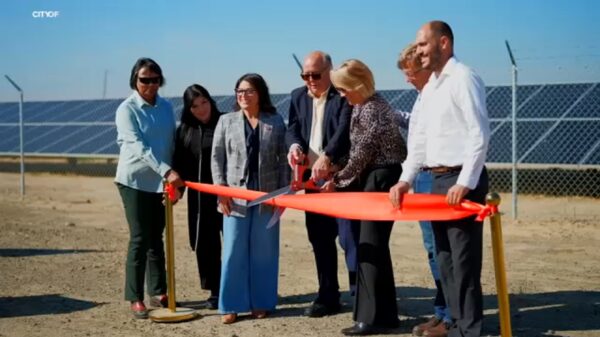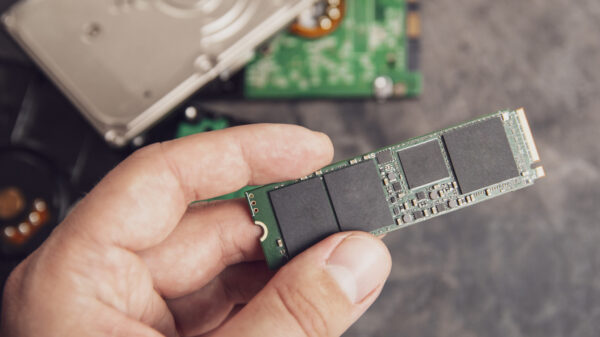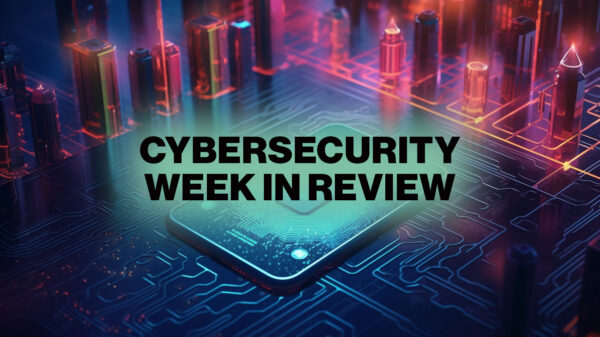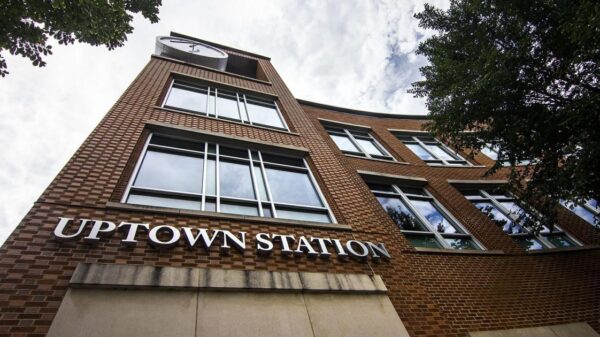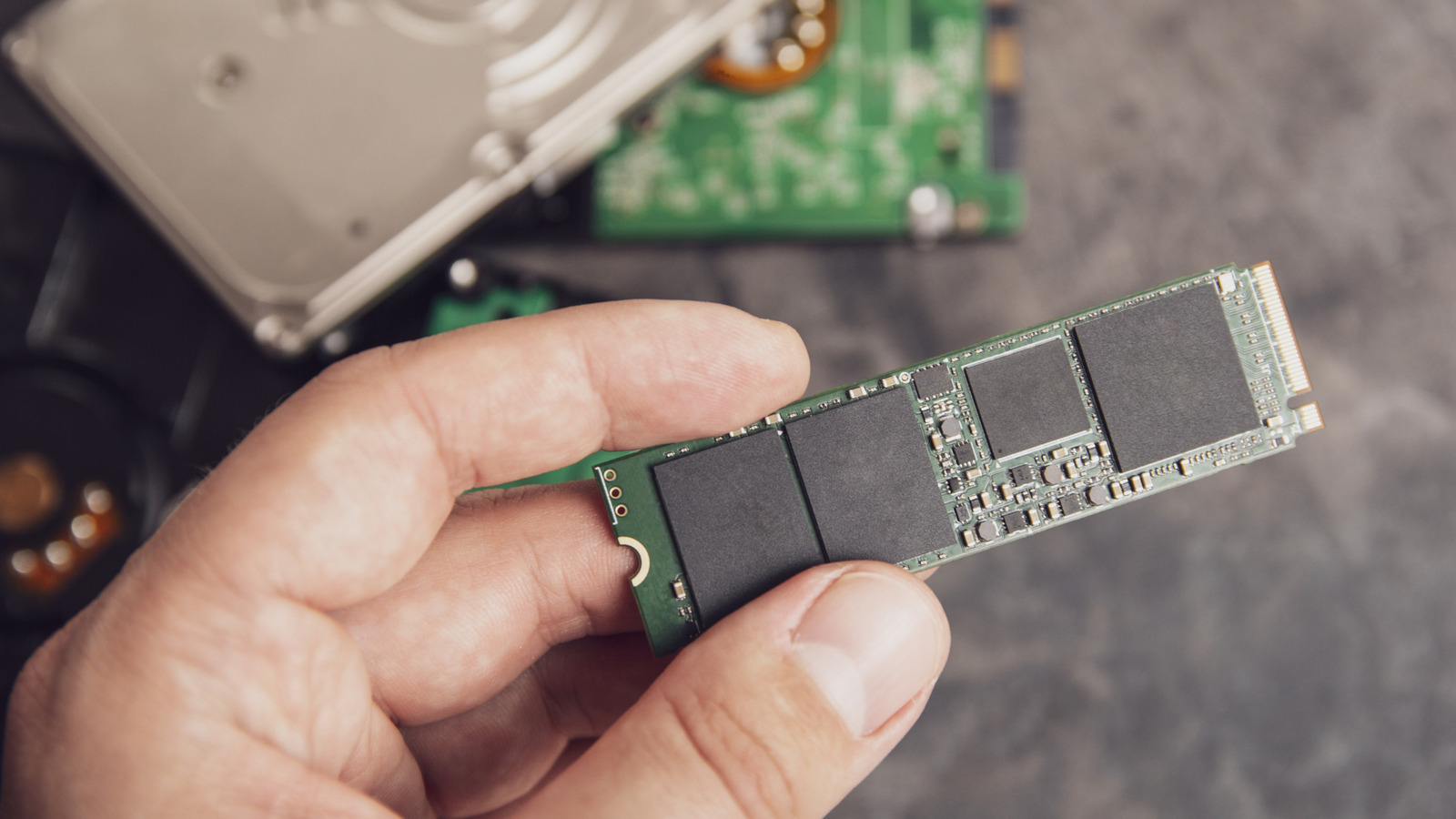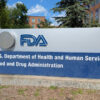Solid-state drives (SSDs) are becoming essential components of modern computers, offering faster data access than traditional hard disk drives (HDDs). However, even these advanced storage solutions are not immune to failure. Recognizing the early warning signs of SSD deterioration can save users from potential data loss and costly replacements. Here are eight indicators that your SSD may be on the verge of failing.
1. Noticeable Slowdown
While computers continue to evolve, performance slowdowns can occur over time. A noticeable lag in responsiveness may stem from various factors, including software issues or aging hardware. Particularly, SSDs can exhibit slower read and write speeds as they age due to the wear on memory cells. Each time data is written or overwritten, these cells degrade slightly. Consequently, if your SSD is slow and has been in use for several years, it may be nearing the end of its operational life.
2. Difficulty Reading or Writing Files
Another key sign of an impending SSD failure is the inability to read or write files. SSDs utilize memory cells to store and recall data, but as they wear down, they can develop bad sectors. These sectors may contain data that is still physically present but no longer accessible by the operating system. If you find that you are frequently unable to open or save files, it could indicate that your SSD is experiencing issues and may need replacement.
3. Booting Problems
Problems during the boot process can have multiple origins. Loose cables, incorrect BIOS settings, or faulty power supplies could all prevent a computer from starting. However, if booting becomes inconsistent, such as requiring multiple attempts to start or freezing at the boot screen, this may signal SSD failure. Inconsistent booting can stem from startup programs stored in bad sectors, indicating that your SSD is failing.
4. Frequent Crashes and Freezes
While software bugs can lead to application crashes, persistent system freezes or crashes may point to deeper issues. If your computer experiences the infamous Blue Screen of Death (BSOD) regularly, it could be due to a failing SSD. If you have ruled out other hardware and software problems, frequent crashes may indicate that the SSD’s memory cells are deteriorating, resulting in bad sectors that hinder performance.
5. Repeated File System Repair Errors
A damaged file system can cause serious problems for any computer. If your system frequently encounters file system errors, especially those related to the NTFS_FILE_SYSTEM, it suggests that your SSD may be the source of the issue. While modern operating systems can often repair minor file system problems, repeated repair requests may indicate an underlying SSD failure.
6. Bad Blocks in System Logs
Modern computers maintain logs of events and errors that can help diagnose issues. For Windows users, the Event Viewer provides insights into system performance and errors. If your logs show a high frequency of bad block errors, this is a significant red flag. While occasional errors may not be concerning, a consistent stream of bad block notifications suggests that the SSD is failing and may need immediate attention.
7. Poor Health Score
To assess the health of an SSD, specialized software can provide valuable insights. Programs like CrystalDiskInfo can analyze the SSD’s performance, including read/write cycles and temperature. A low health score indicates that the SSD is nearing the end of its lifespan. Users should monitor these scores closely; while a low score doesn’t require immediate replacement, it should prompt vigilance for other warning signs.
8. Unrecognized SSD
If a computer fails to recognize an SSD, it could point to severe damage or firmware corruption. The firmware is crucial for the SSD’s operation, managing everything from data storage to performance optimization. If an SSD is not recognized despite being connected properly, it is likely beyond repair and should be replaced. The only exception would be a new SSD that requires formatting before use.
Understanding these signs can help users maintain their data integrity and plan for timely upgrades. Regular monitoring of SSD performance and awareness of potential failure indicators can make a significant difference in avoiding unexpected data loss.




















